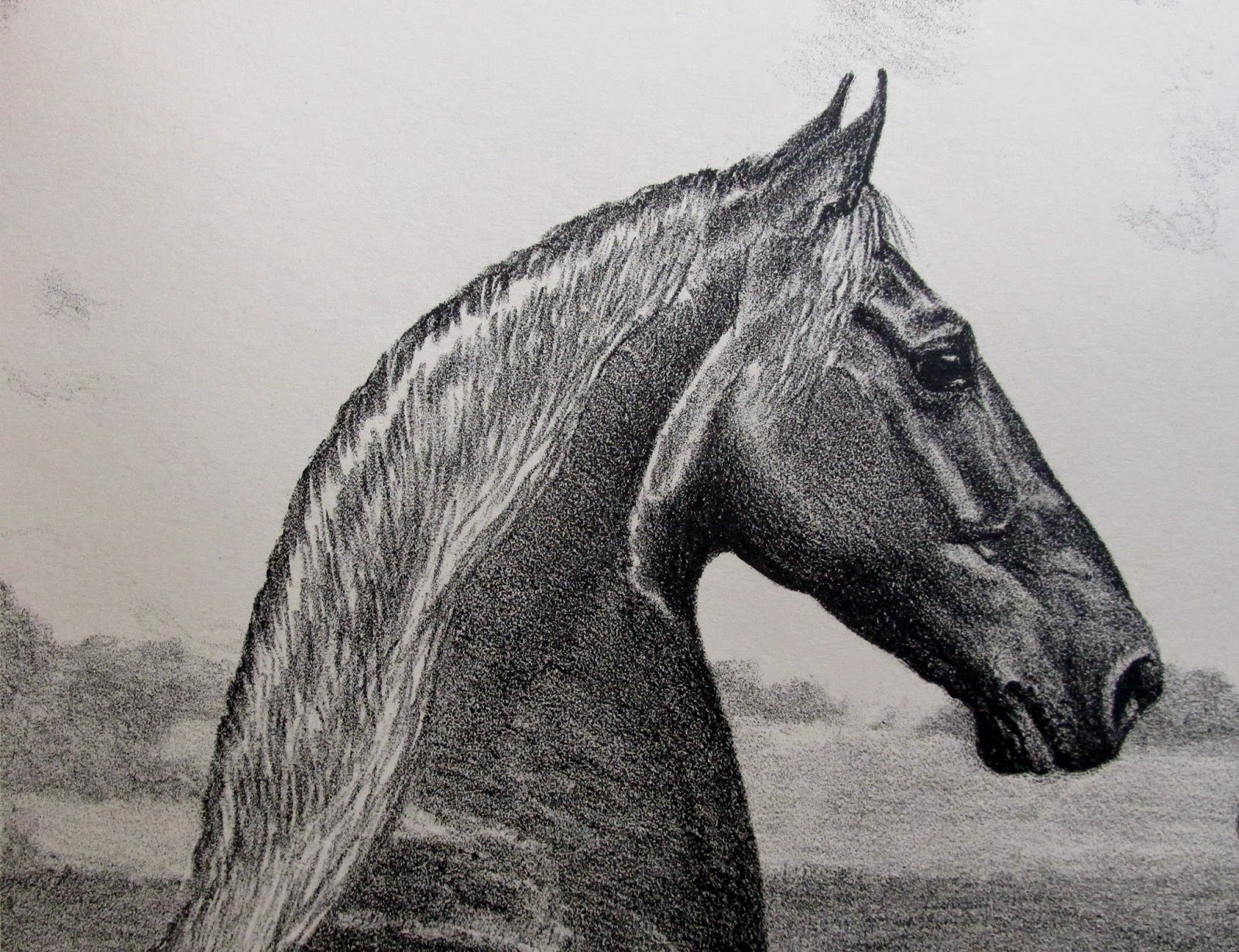Today is #NationalDayoftheHorse, and of course there is much discussion of this on social media. Some wonder why December 13th would be the National Day of the Horse, as opposed to some other day, but to me it doesn't matter.
That's because we can use today to underscore the importance of giving and receiving horse-shaped objects for the holidays!
I mean, who doesn't want a horse or a pony for Christmas? But not everyone has the money or the space to take care of a real horse. For us, there was always the rideable toy horse, often called a hobby-horse, with roots that stretch back hundreds of years.
This morning I went on the venerable Newspapers.com website to look for early examples of horses and Christmas. The earliest reference I found, in my cursory search, was a clipping from the Newcastle, England Weekly Courant in December 1773. The paper published a list of books for children available for the holidays.
One of the books was titled "The Hobby-horse, or Christmas Companion."
The Hampshire Telegraph and Naval Chronicle, January 1, 1827, published a long article of rural Christmas traditions. One of them involved a make-believe horse.
"At Abbot's Bromley, in Staffordshire, a curious custom prevailed till lately called "the Hobby Horse," on Christmas Day, when a person carrying between his legs the figure of a horse, made of thin boards, danced through the streets," it reads in part.
The unknown Englishmen who participated in this tradition -- though they may have had deeper cultural reasons for riding stick horses through the streets at Christmas -- have much in common with American kids more than a hundred years later, who also knew the joys of the wooden stick horse.
 |
| Handmade stick horse, circa 1952. |
 |
| Store-bought stick horse, 1960. |
I found hundreds of articles and advertisements for rocking horses and spring-mounted horses for Christmas, dating back to the late 1800s. Here's an ad in the Brooklyn Daily Eagle, December 18, 1869. (Note that the ad above it, is for a pony for sale at Christmastime.)
The spring-mounted horse was still in fashion in the 1950s and 1960s, when a generation of kids enjoyed riding Wonder Horses and similar toys. You could buy them through mail-order department store and automotive store catalogs, as shown in the photo at the top of this post, or by visiting the store in person.
Show of hands: how many readers had a Wonder Horse or other similar riding toy? No helmet, no seat belt, no elbow or knee pads. And all the adventure we could imagine. That's because during that era, the cowboy and his horse were our heroes.
Toys related to cowboys and their horses were ubiquitous back then. There was a lot of creative advertising promoting rideable toy horses, too.
It should not be lost on us that not only is this toy "just like the Lone Ranger's Silver" (that's what the ad says!)-- it also holds the weight of a person up to 175 pounds.
Guilty, guilty, guilty, Mom and Dad.
Of course, not everyone's parents could afford a bouncy horse for Christmas, or had the skills to craft one out of wood. For us, there were other options.
Why didn't the lumber store advertise this utilitarian object as a sawhorse, an essential tool of the construction trade?
Maybe the owner of the lumber store that ran that ad, just before Christmas 1959, knew that the most important part of getting a rideable horse toy for Christmas wasn't just the nature of the horse. Our enjoyment was as big as our imaginations.









































.jpg)




.jpg)


